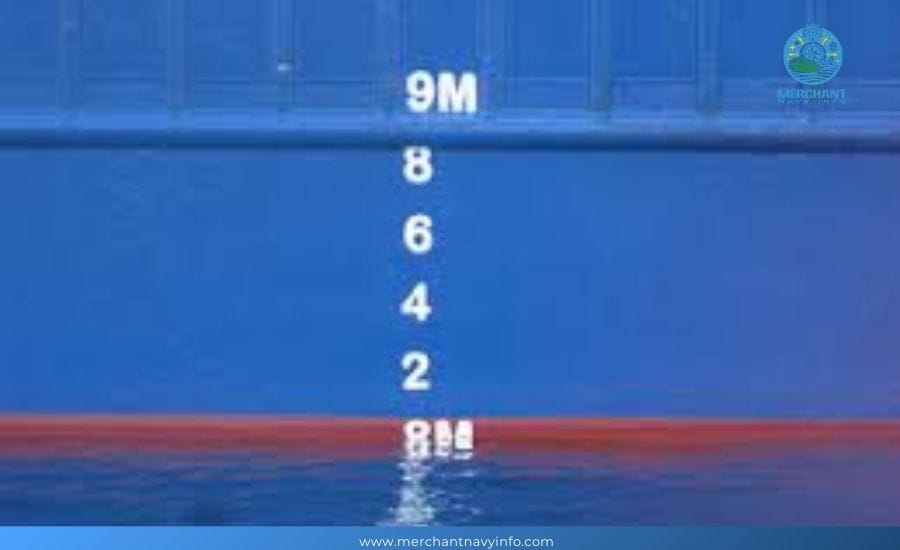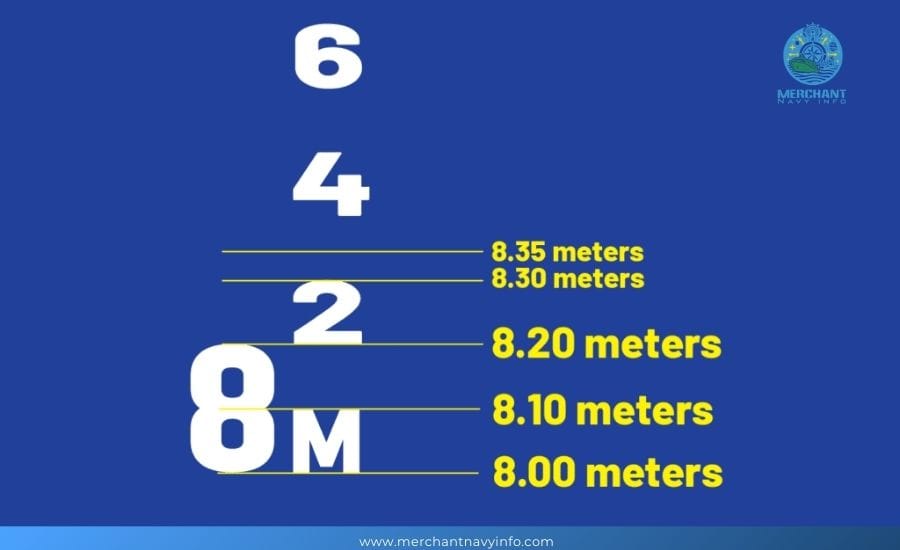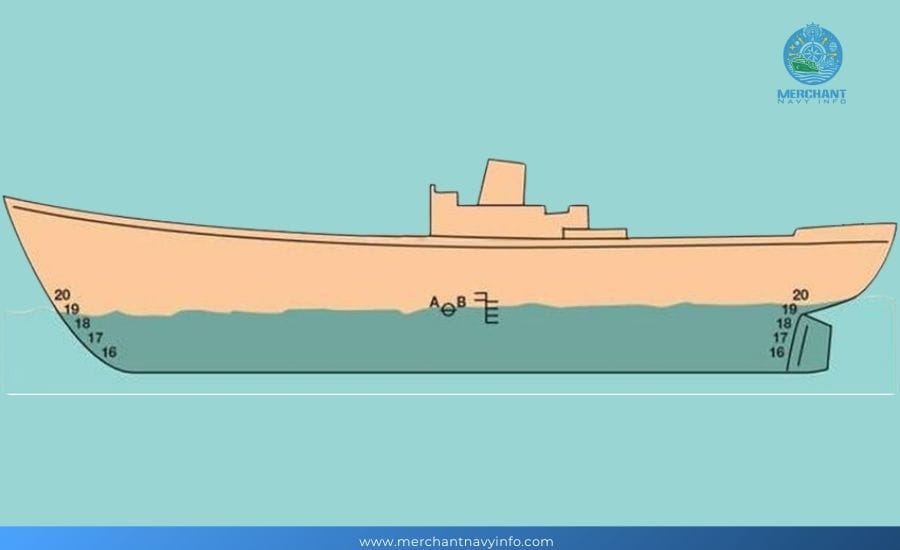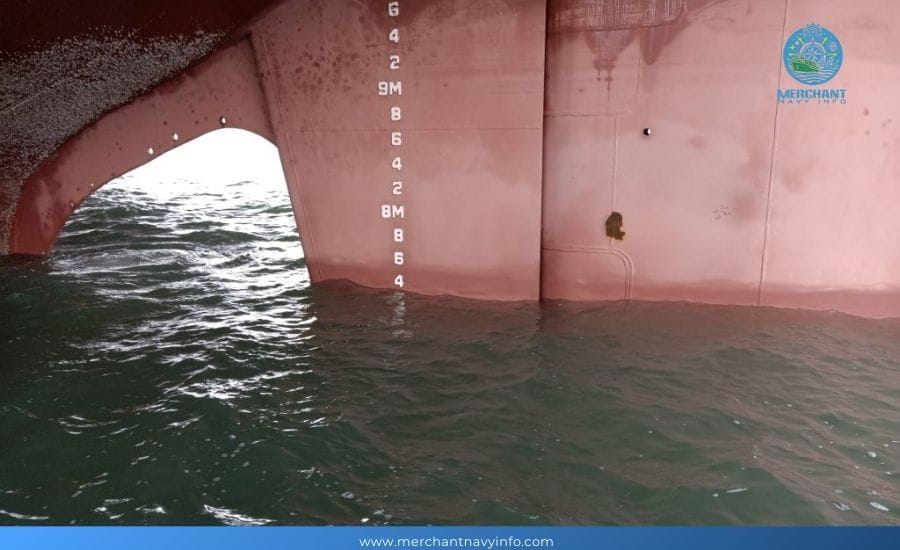
How To Read A Ship’s Draft Marks? What’s Its Importance?
If you’ve ever seen a ship in the water, you may have noticed some numbers painted on the hull near the bow and stern. These are called drag marks and indicate how deep the ship is submerged in the water. Reading a ship’s draft marks can help you estimate the weight of the ship’s cargo, the amount of fuel and water consumed, and the space required to navigate in shallow water safely.

What are the draft signs?
Drag marks are numbers located on a vertical line between the bow and stern of a ship. They measure the distance between the waterline and the lowest point of the hull (drag), which varies depending on the load. Draft marks are usually measured in meters or feet and divided into smaller units, such as centimeters or inches. For example, a draft mark of 6.5 means that the ship’s keel is 6.5 meters or 21 feet below the waterline.

Drag marks are located on both sides of the ship in three locations: bow (bow), amidships (middle), and stern (stern). The bow and stern draft marks align with the bow and stern perpendiculars, which are imaginary vertical lines that intersect the waterline at the end of the ship. The midship draft mark aligns with the center section, which is the widest part of the ship.
Why are draft marks important?
Draft marks are important for several reasons.
It helps determine the displacement of a ship, which is the weight of the water it displaces when it floats. Knowing the displacement, you can calculate the weight of the cargo on the ship using Archimedes’ principle, which states that an object immersed in a liquid is subject to an upward force equal to the weight of the liquid displaced. Displacement also affects the stability and maneuverability of the ship.
Draft marks help monitor a ship’s fuel and water consumption. As fuel and water are consumed, the ship becomes lighter and rises in the water, reducing its draft. By comparing the initial and final drafts, you can estimate how much fuel and water was consumed during the passage.
Draft marks help ensure safe navigation in shallow water. By knowing the draft of your ship, you can avoid running aground or colliding with underwater obstacles that could damage the hull or propellers. You can also plan your route based on the water depth at different locations and times.

How to read the draft marks?
To read the draft marks, you must follow these steps:
- Firstly, find a suitable location with a clear view of both sides of the boat. Ideally, it should be at eye level with the waterline and perpendicular to the hull.
- Then, mark the drag mark at each location on both sides of the boat (bow, midship, stern). It must be painted white to be visible.
- Note where the waterline intersects each draft mark.
- If possible, repeat this process for each location on both sides of the boat (bow, midship, stern).
- Compare the readings on both sides of the boat. If they are the same or very similar, your boat is flat or has negligible trim or list. The cut is the difference between the forward and backward water flow relative to the design waterline.
- The heel is when a ship tilts to one side or the other due to uneven loads or external forces. If the readings on both sides of the boat are significantly different, your boat has significant trim or list that may affect its performance and safety.
- Calculate the draft average by averaging the six readings. This rough measure of the overall draft can be used for general purposes.
- Calculate the maximum draft by finding the highest reading of the six readings. This accurately measures your deepest point and can be used for important purposes like navigation.
Some tips for reading a ship’s draft marks
- Use binoculars or a telescope to read draft marks from a distance.
- Read both sides of the ship and take the average if there is a difference due to heel or current.
- Read the tow marks when the ship is stationary or moving slowly to avoid errors caused by pitch or waves.
- Read the draft marks during daylight hours or use artificial lighting if necessary.
- Differences in water density due to temperature and salinity can affect buoyancy and displacement.

It is worth noting that different vessels may have different types of tow signs. If you are unsure how to read a sign, it is best to consult your vessel’s manual or ask the crew for guidance. By following these simple steps, you can accurately determine the vessel’s draft, which is very useful in various vessel operations.









